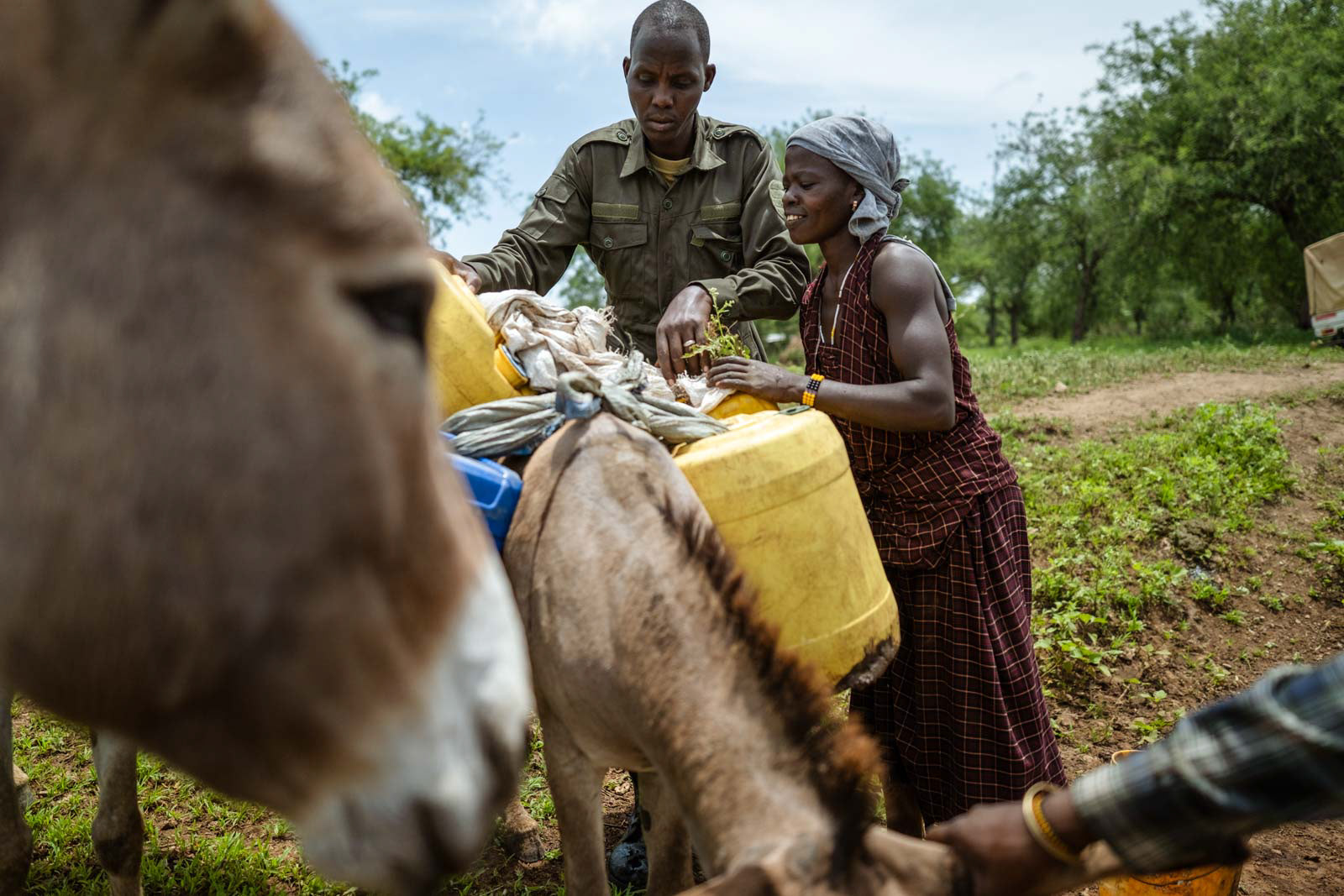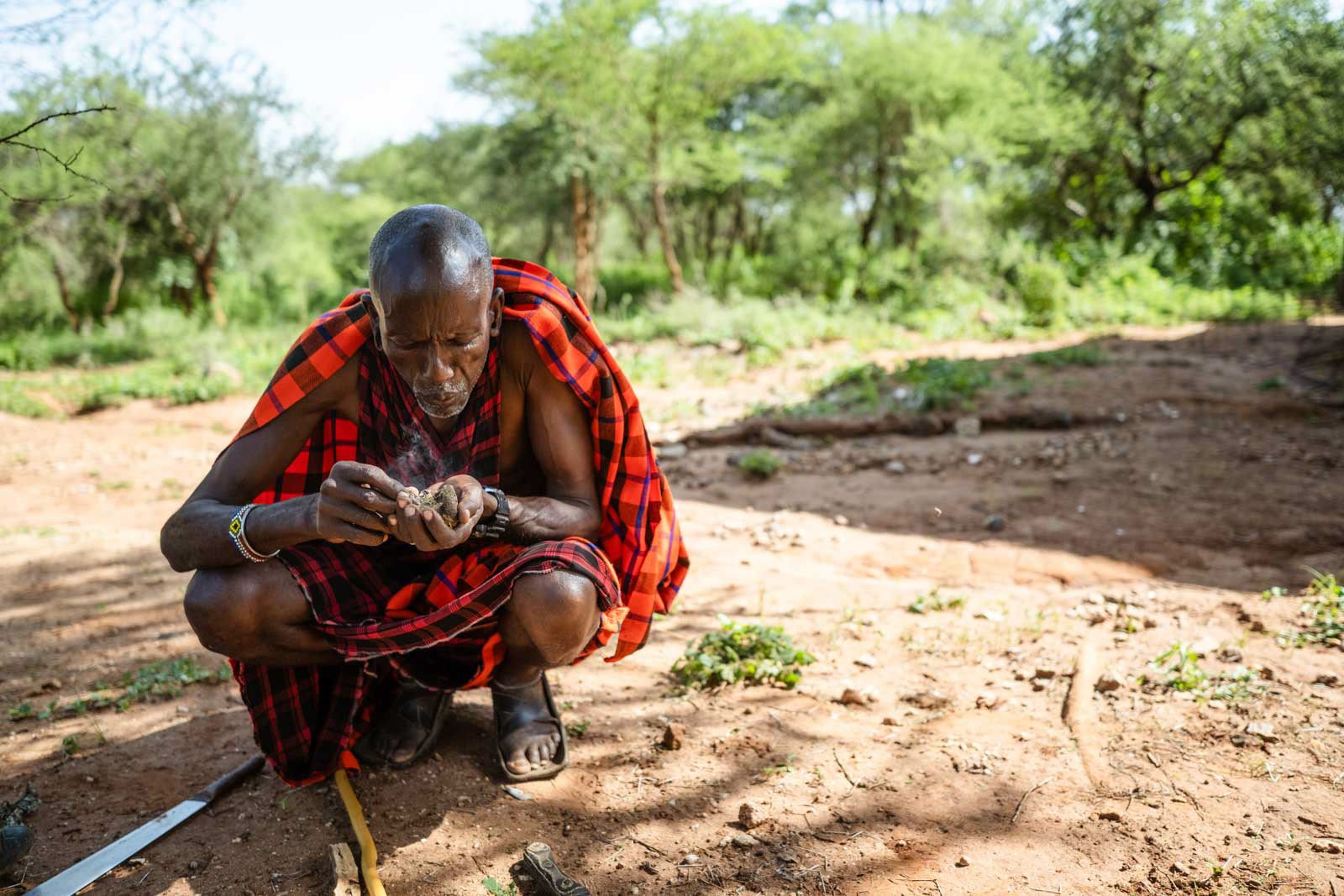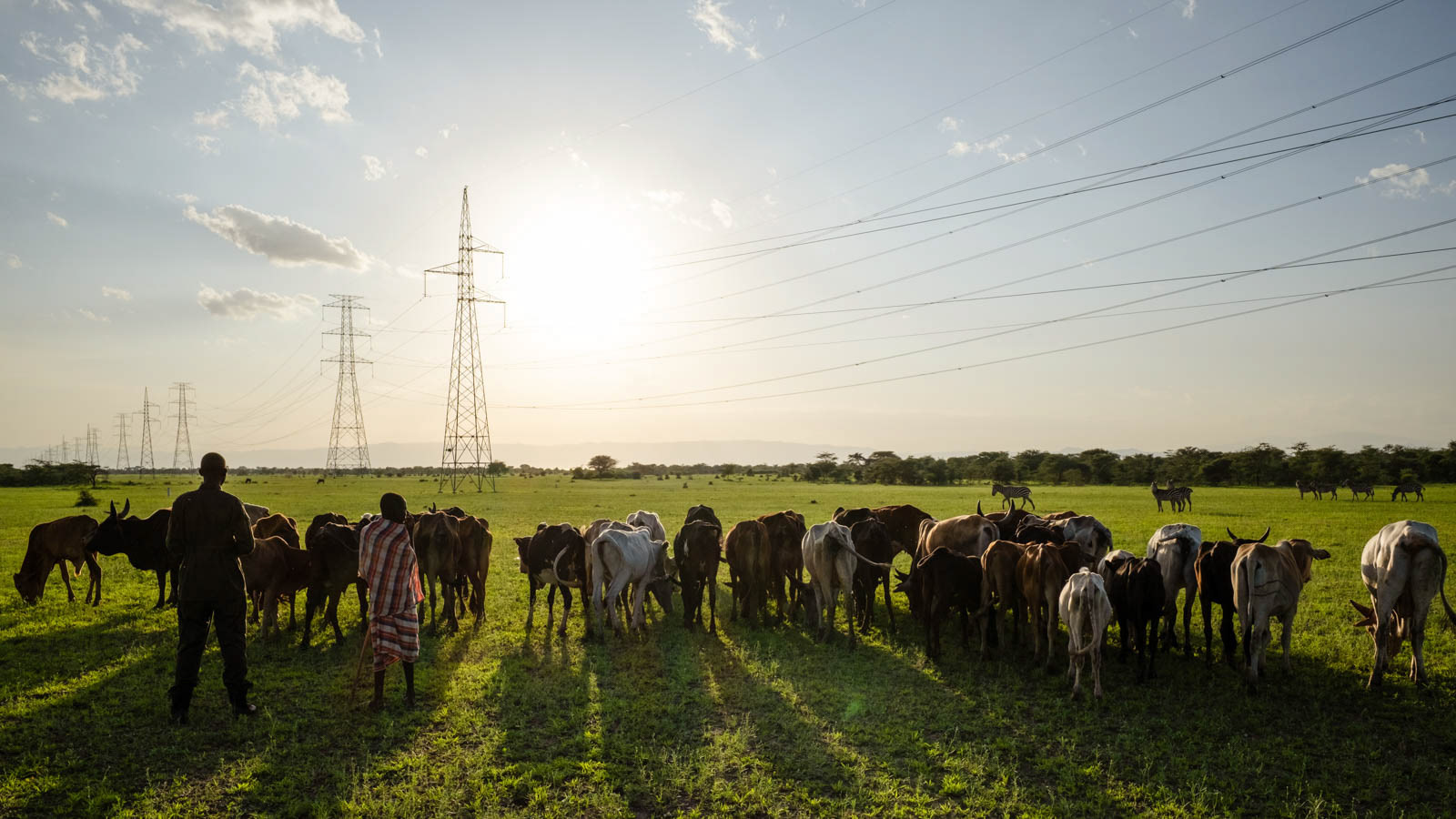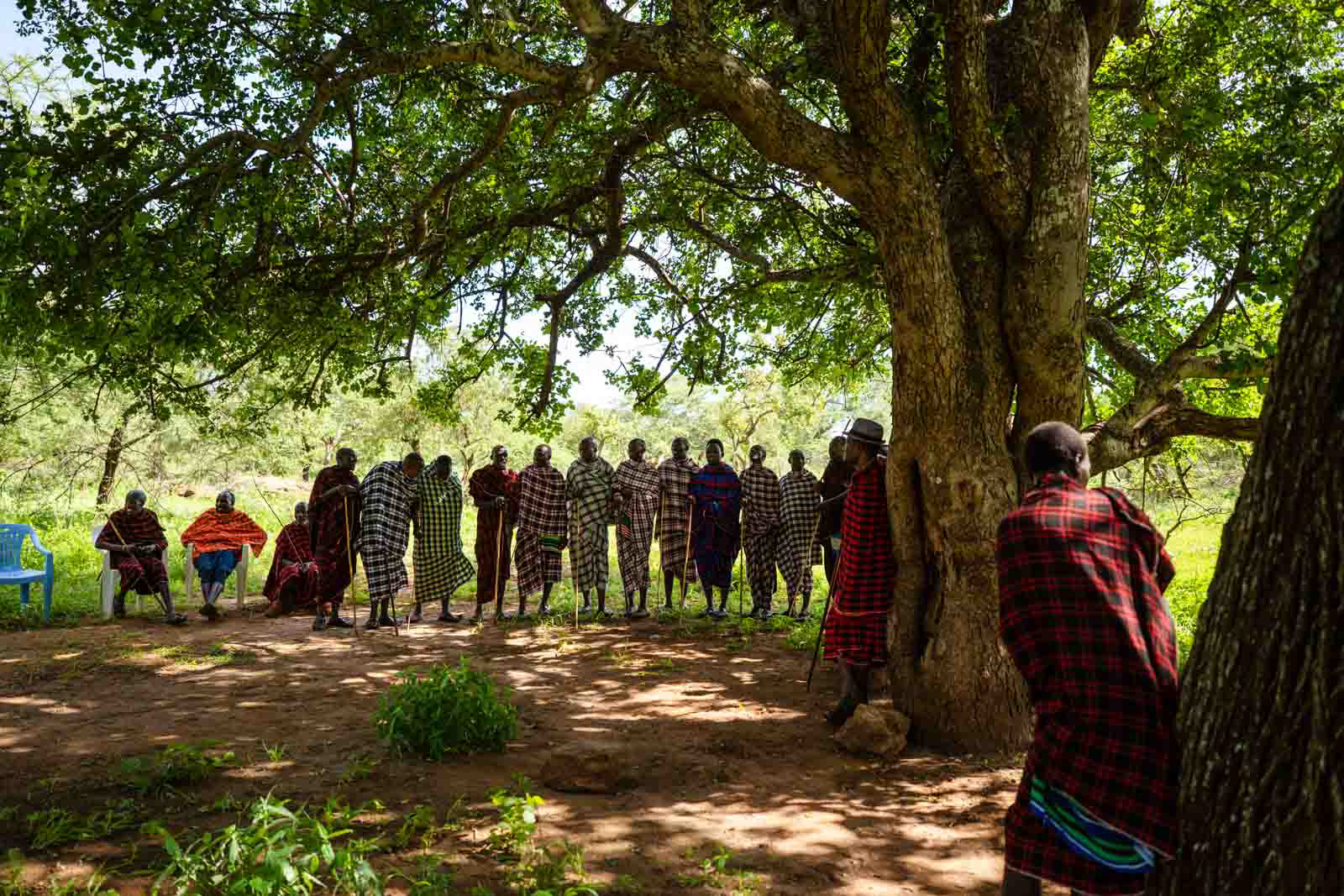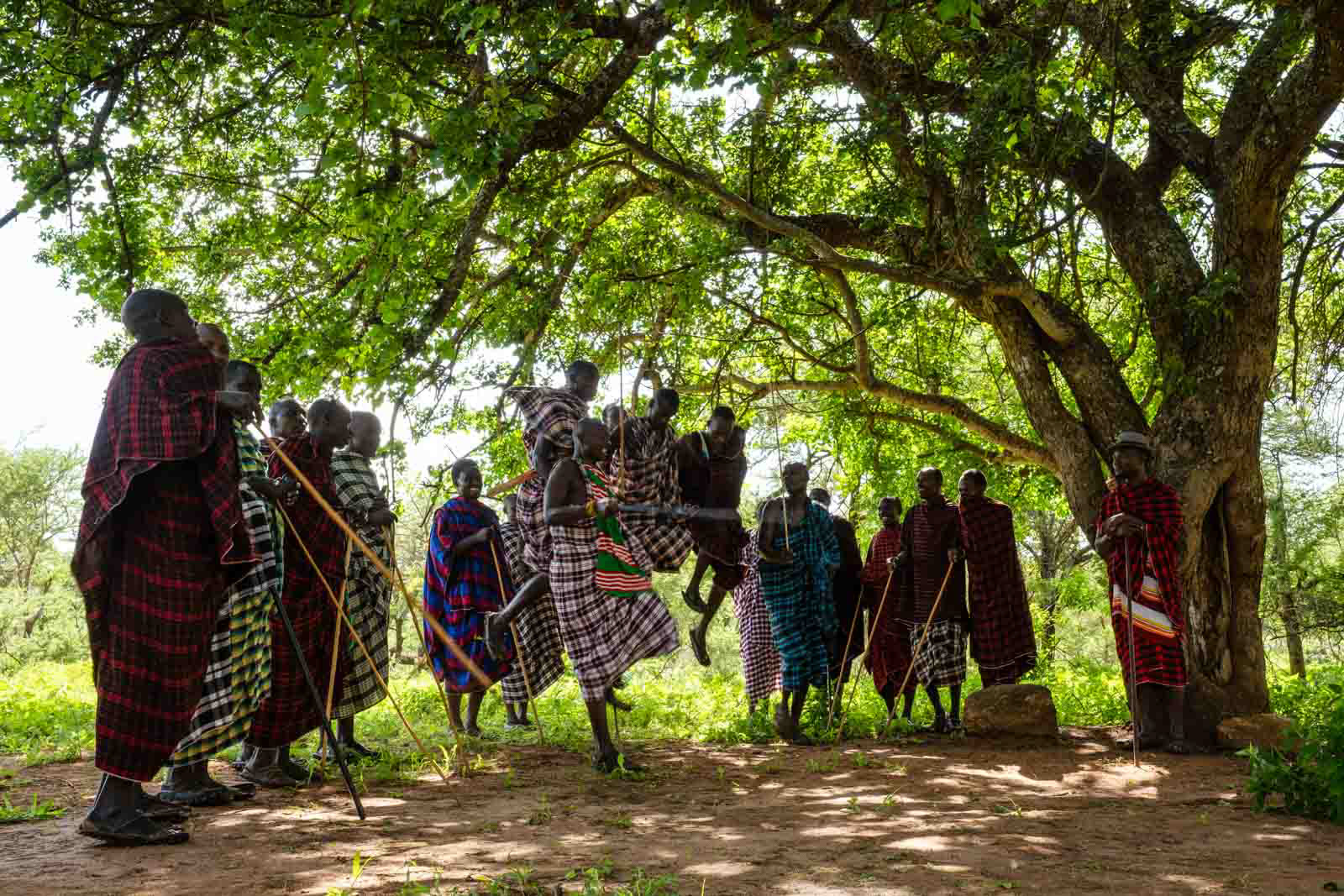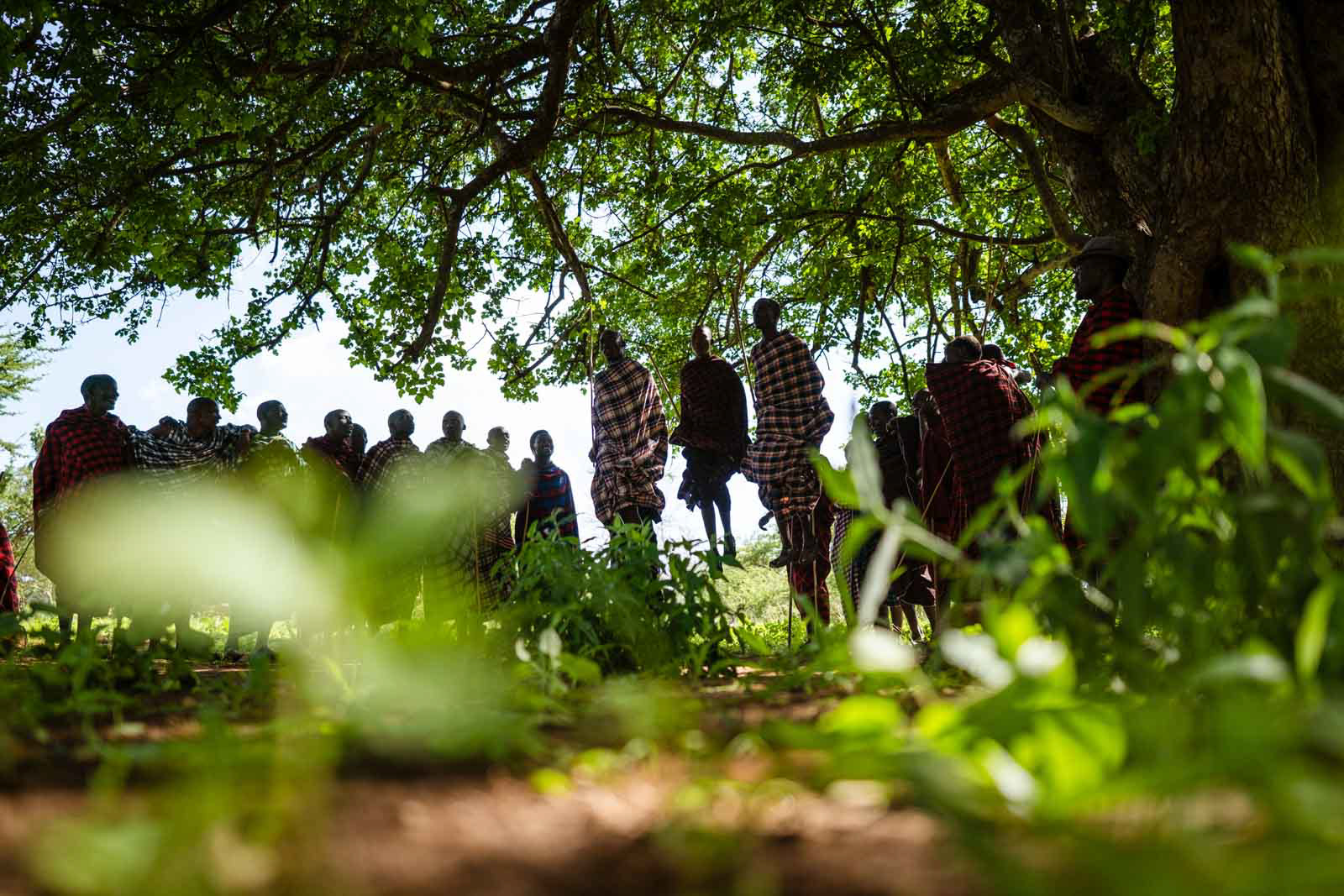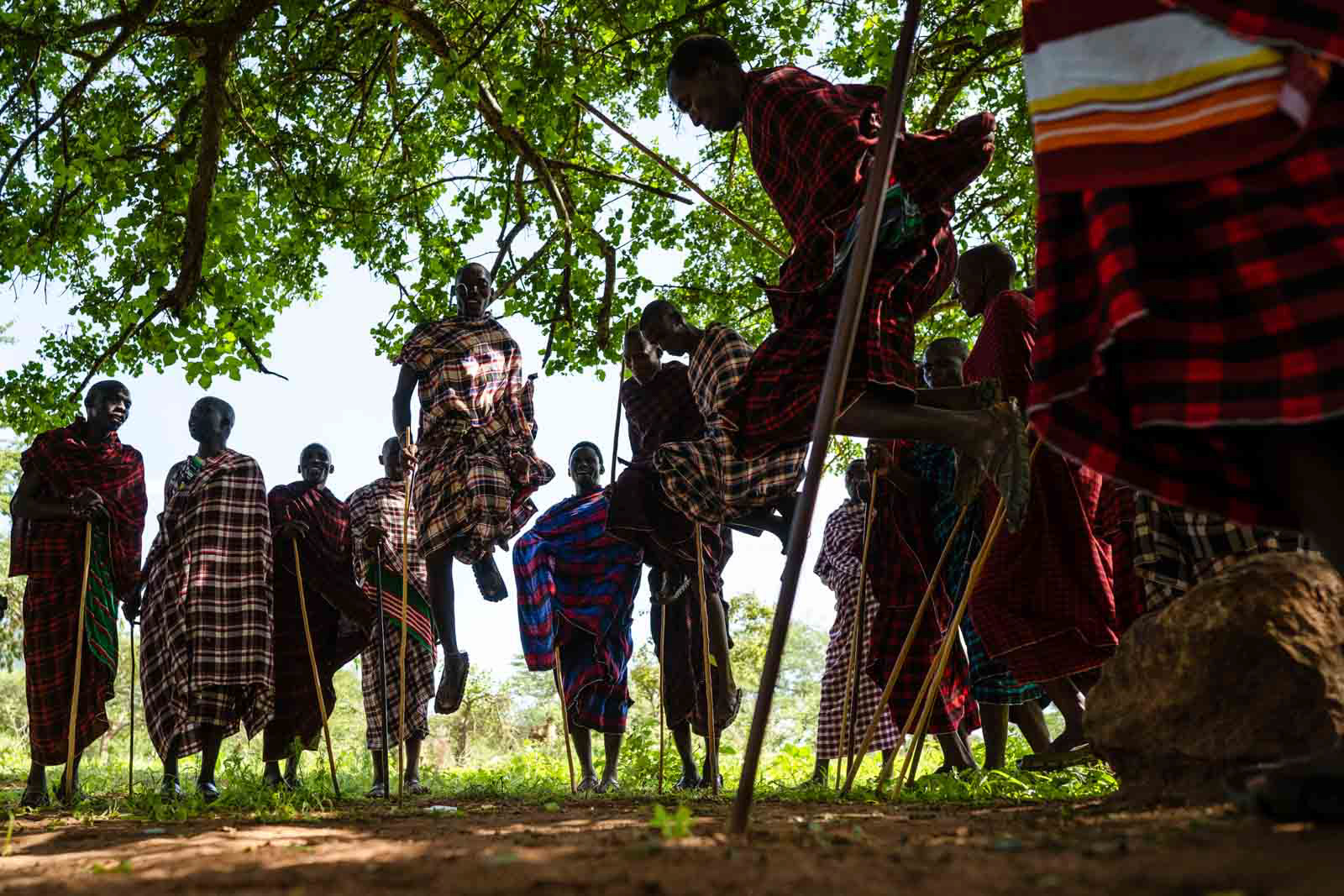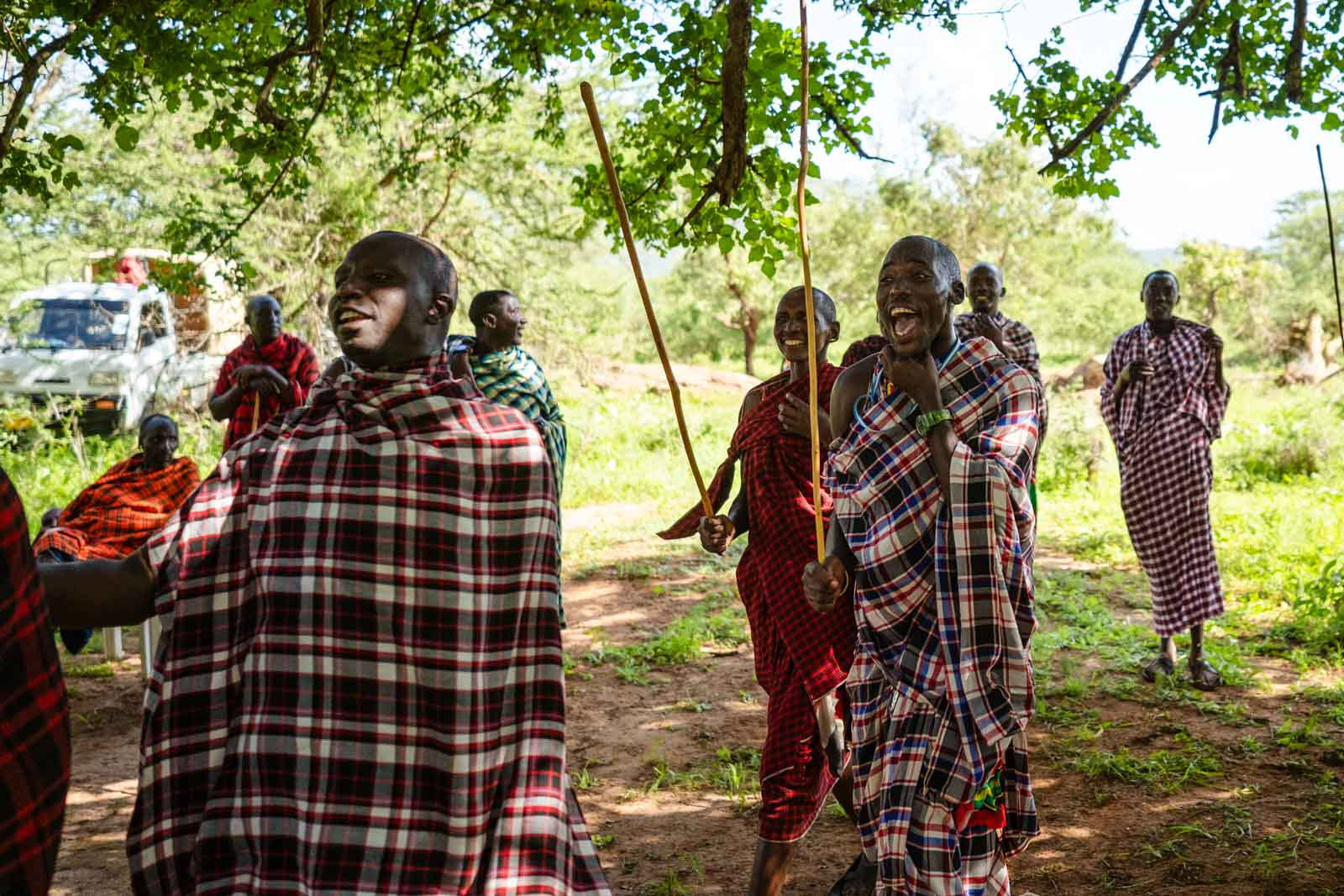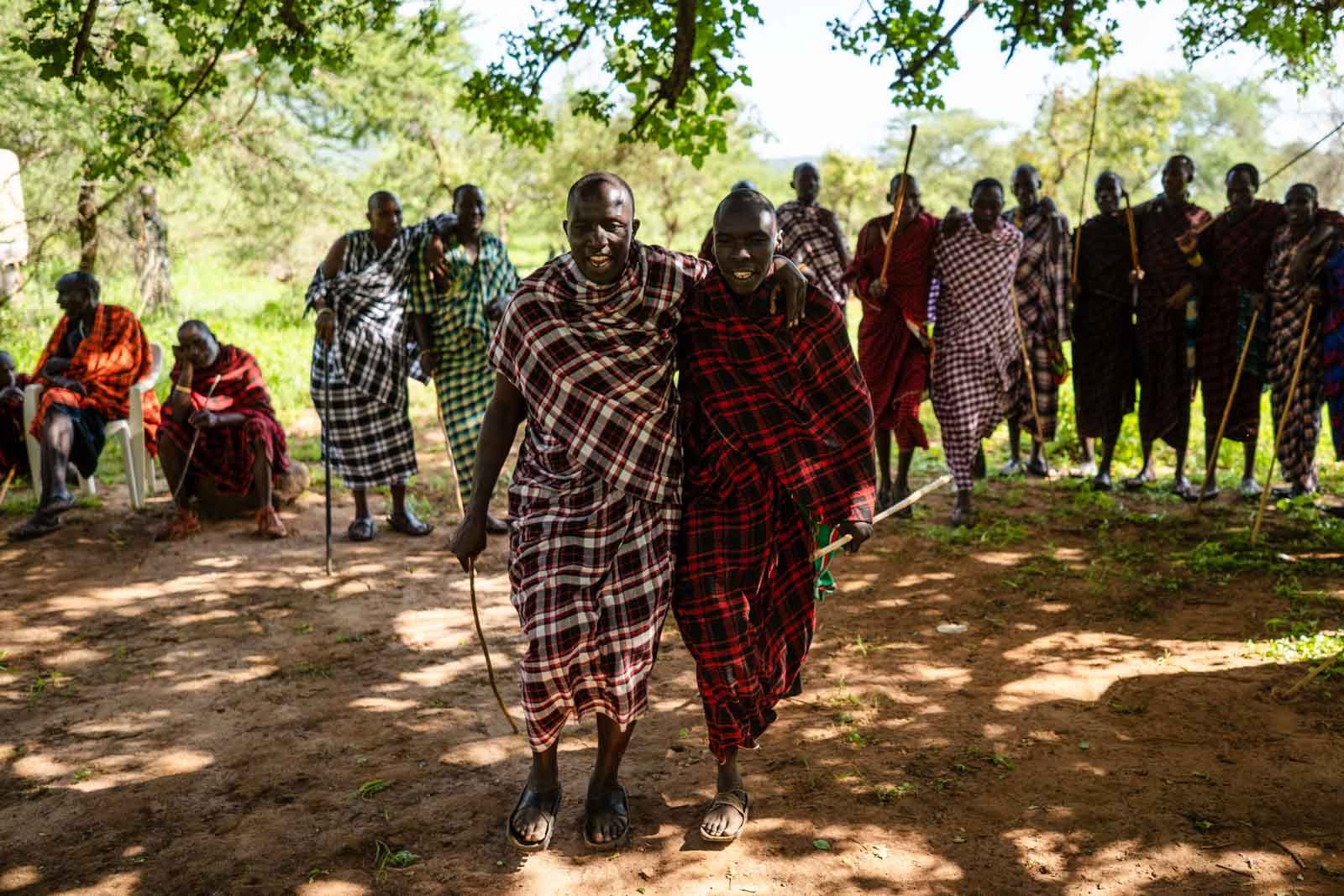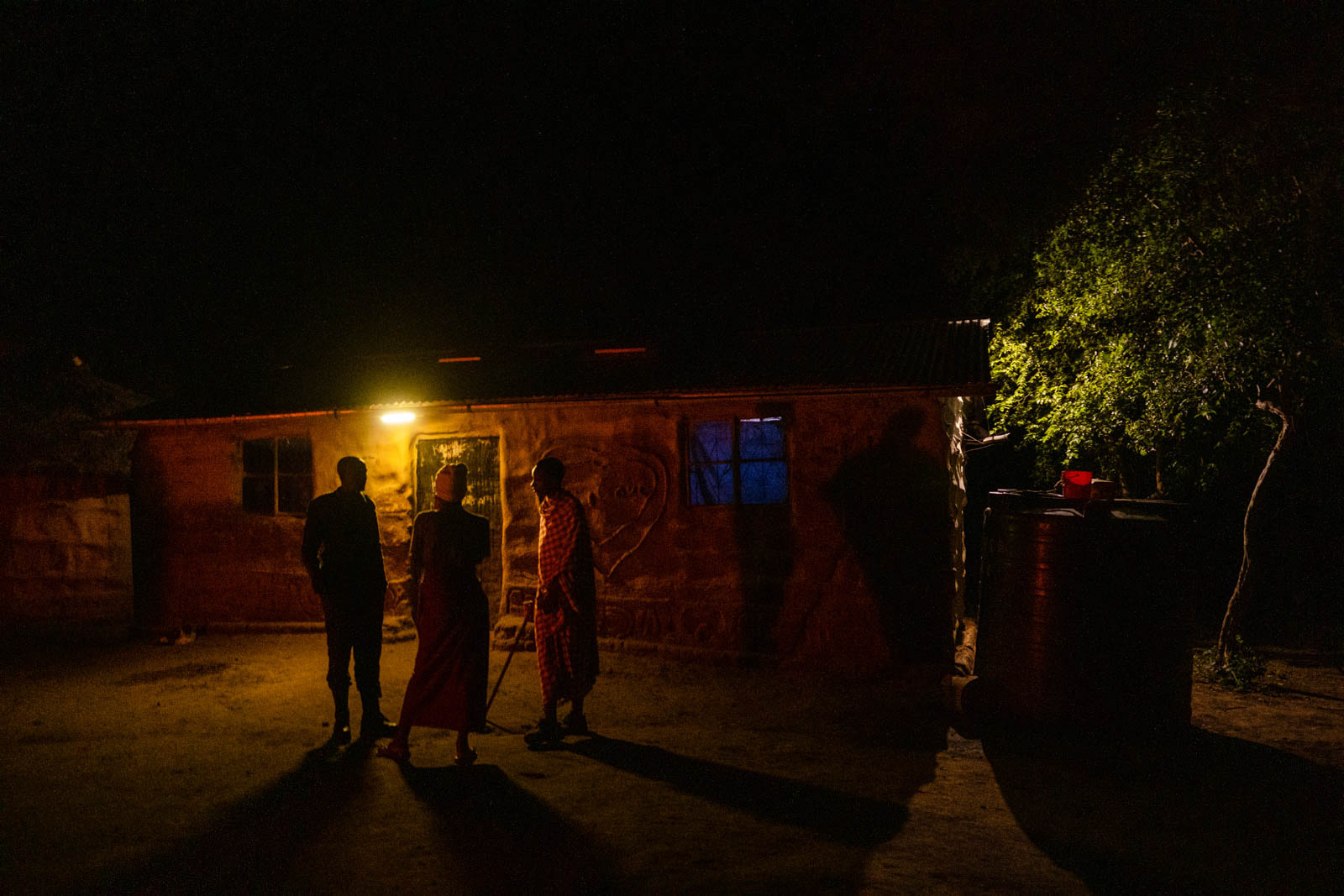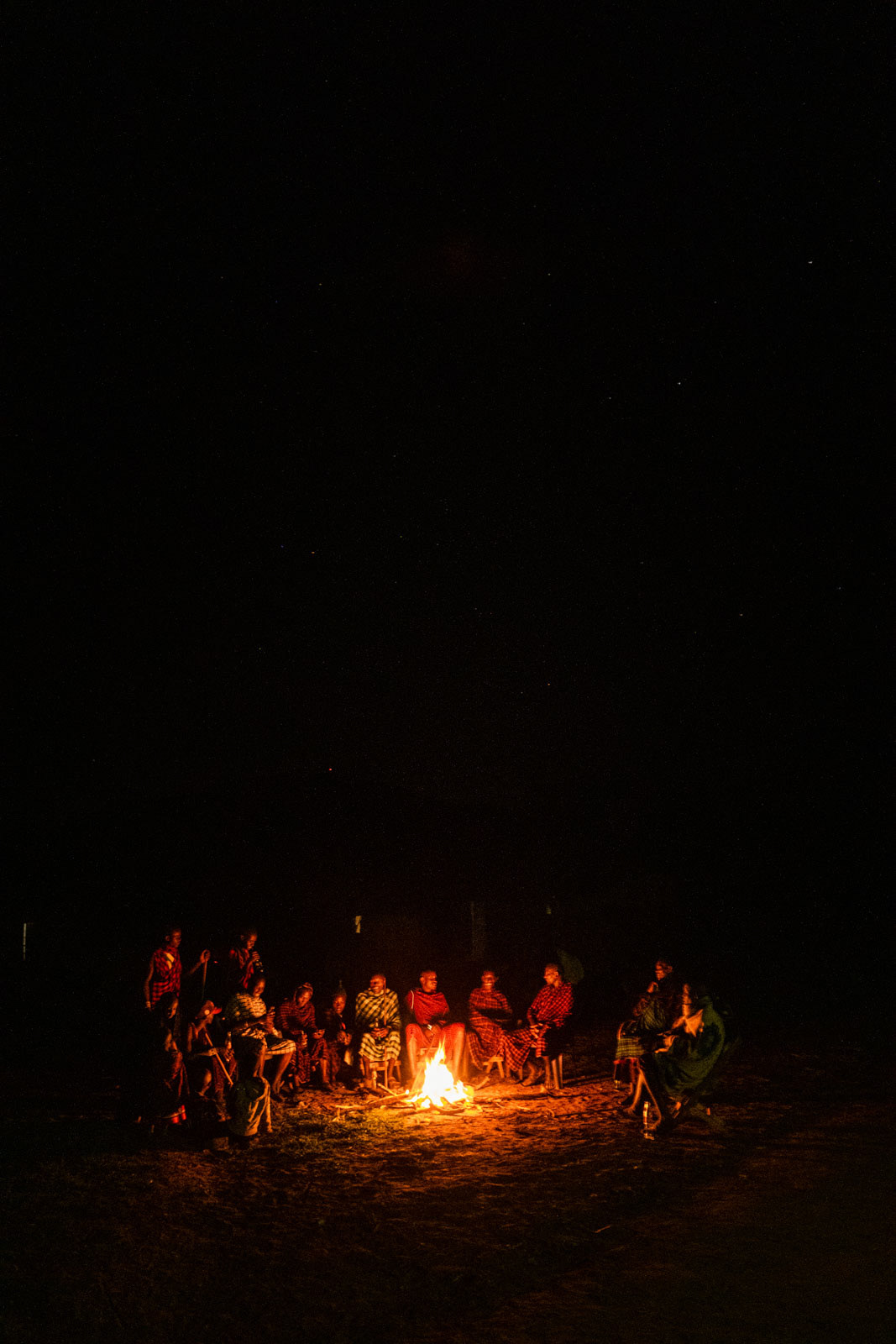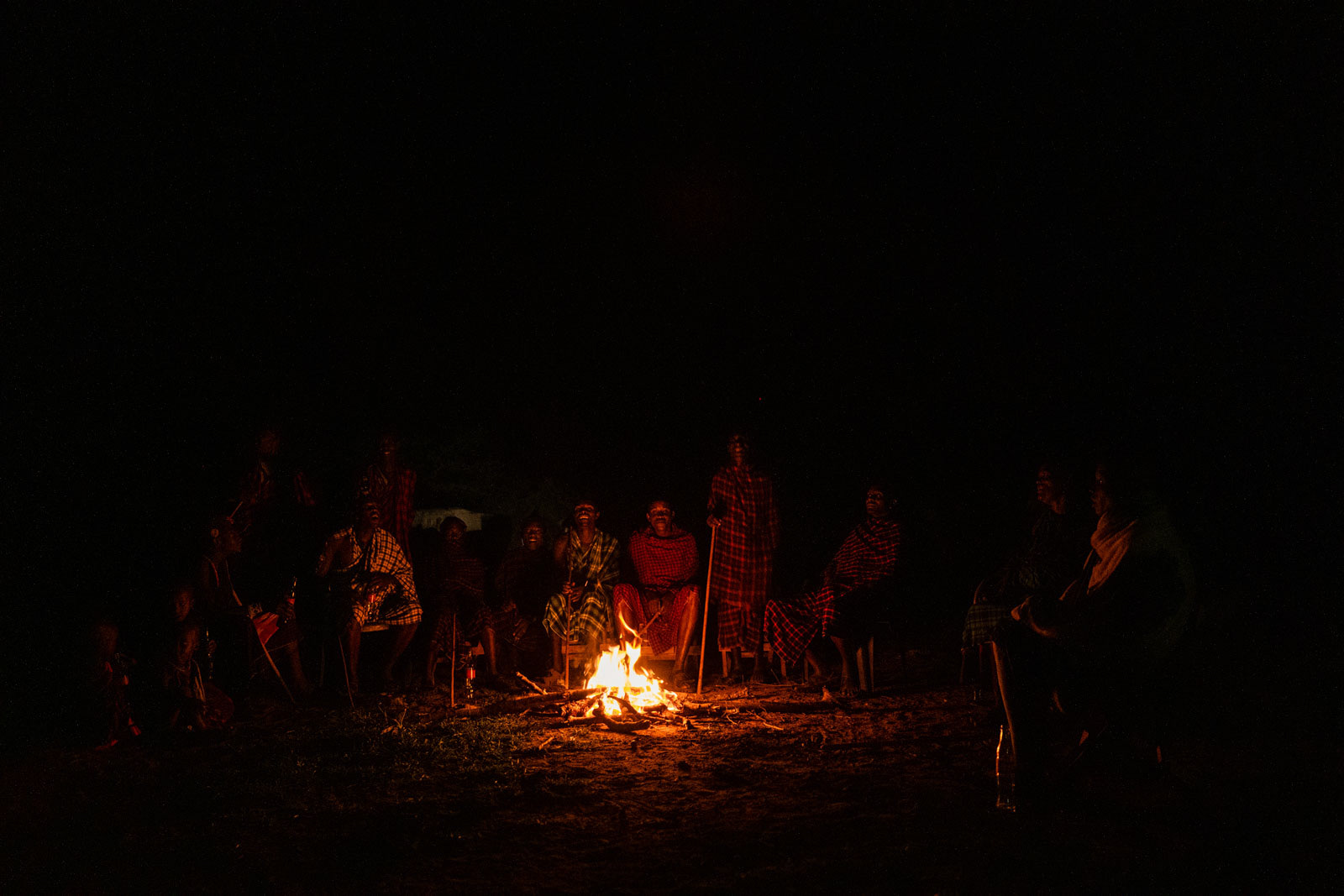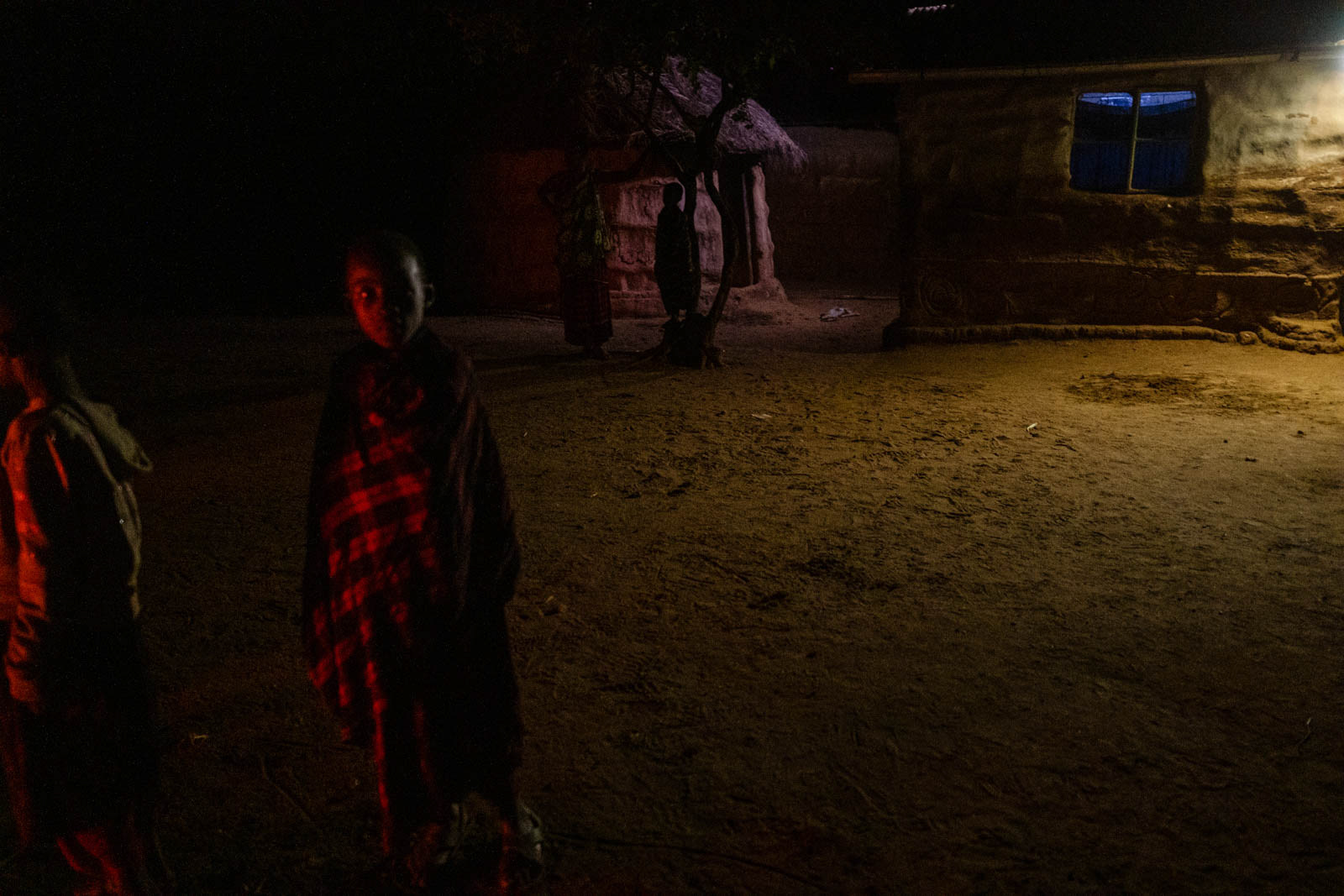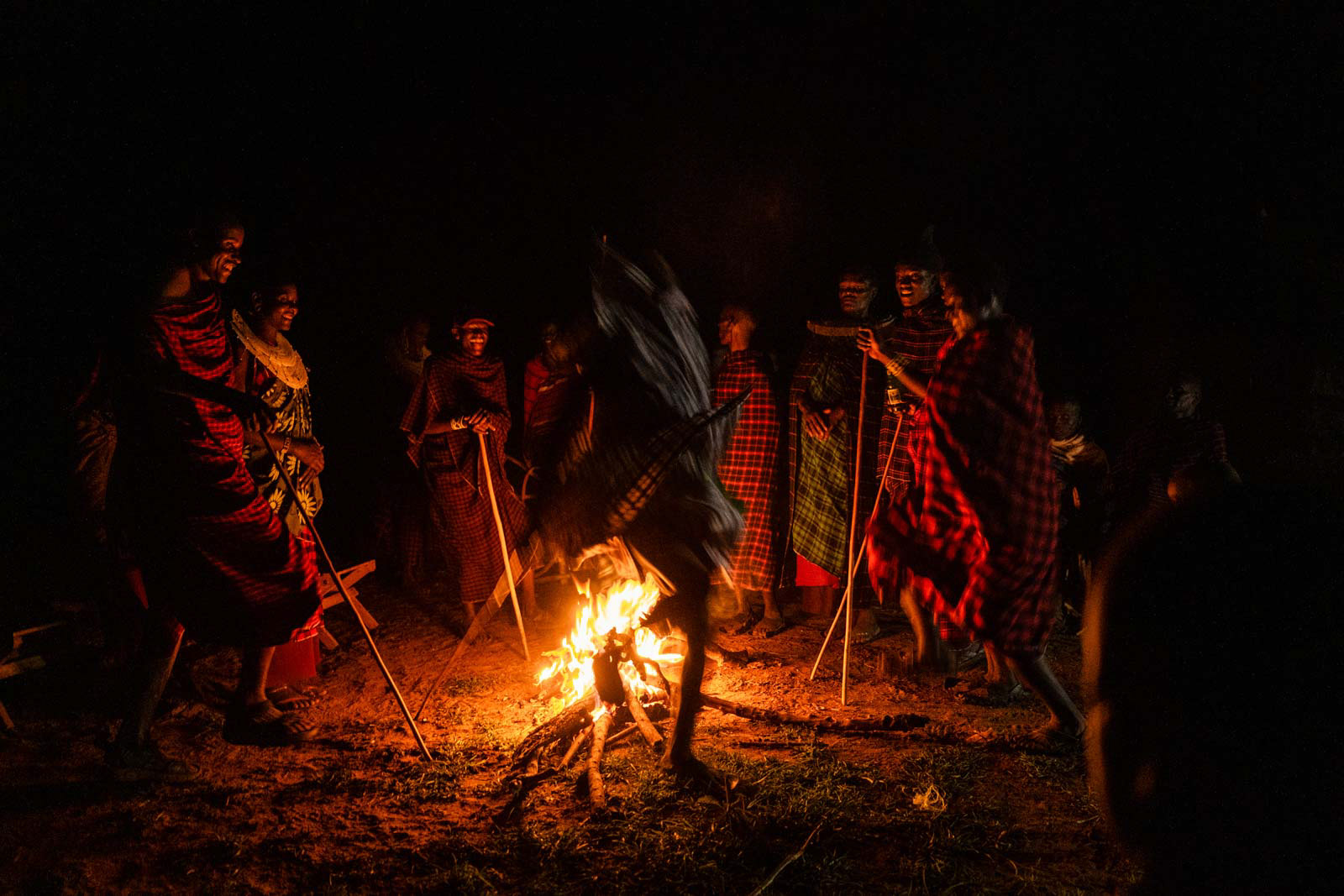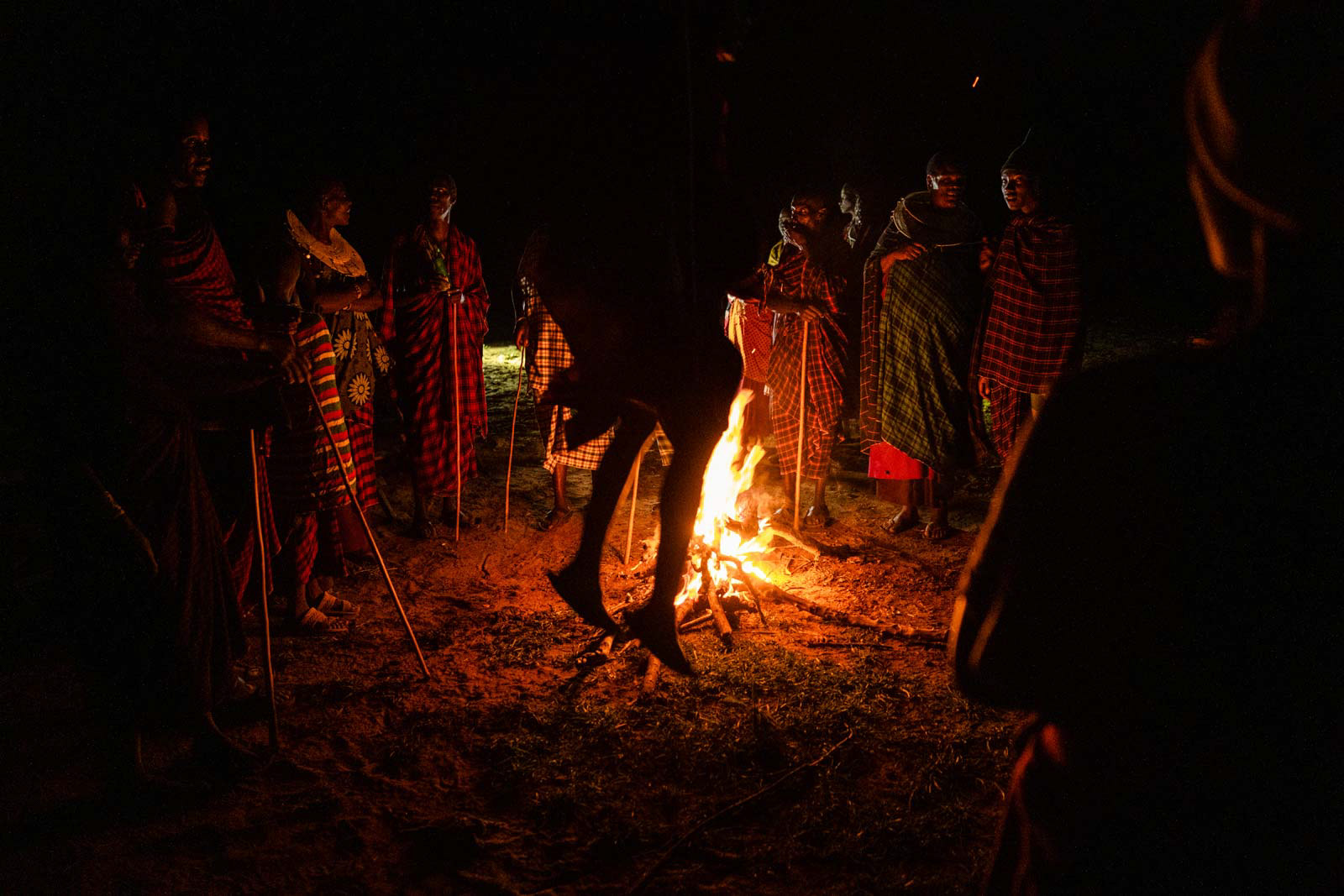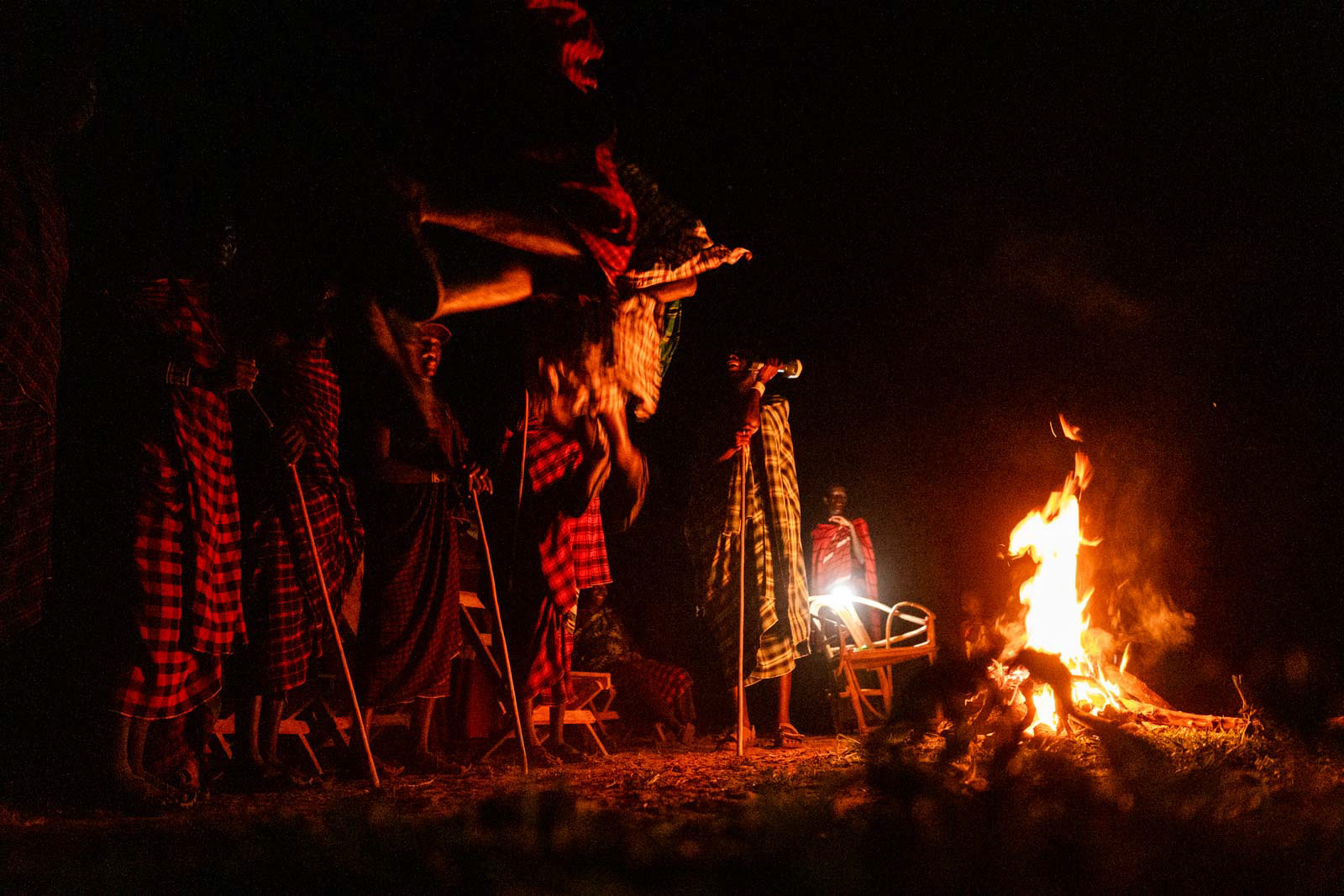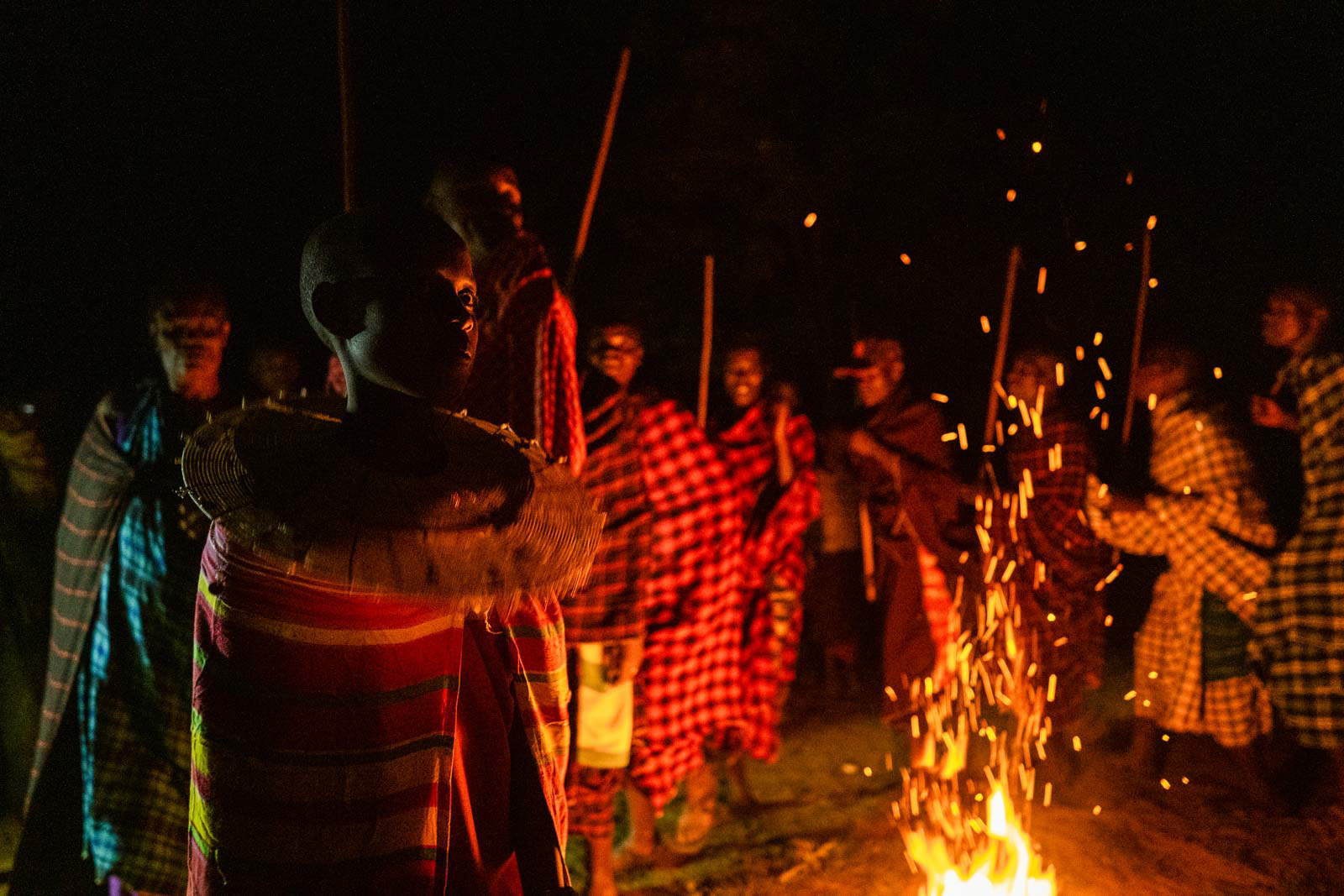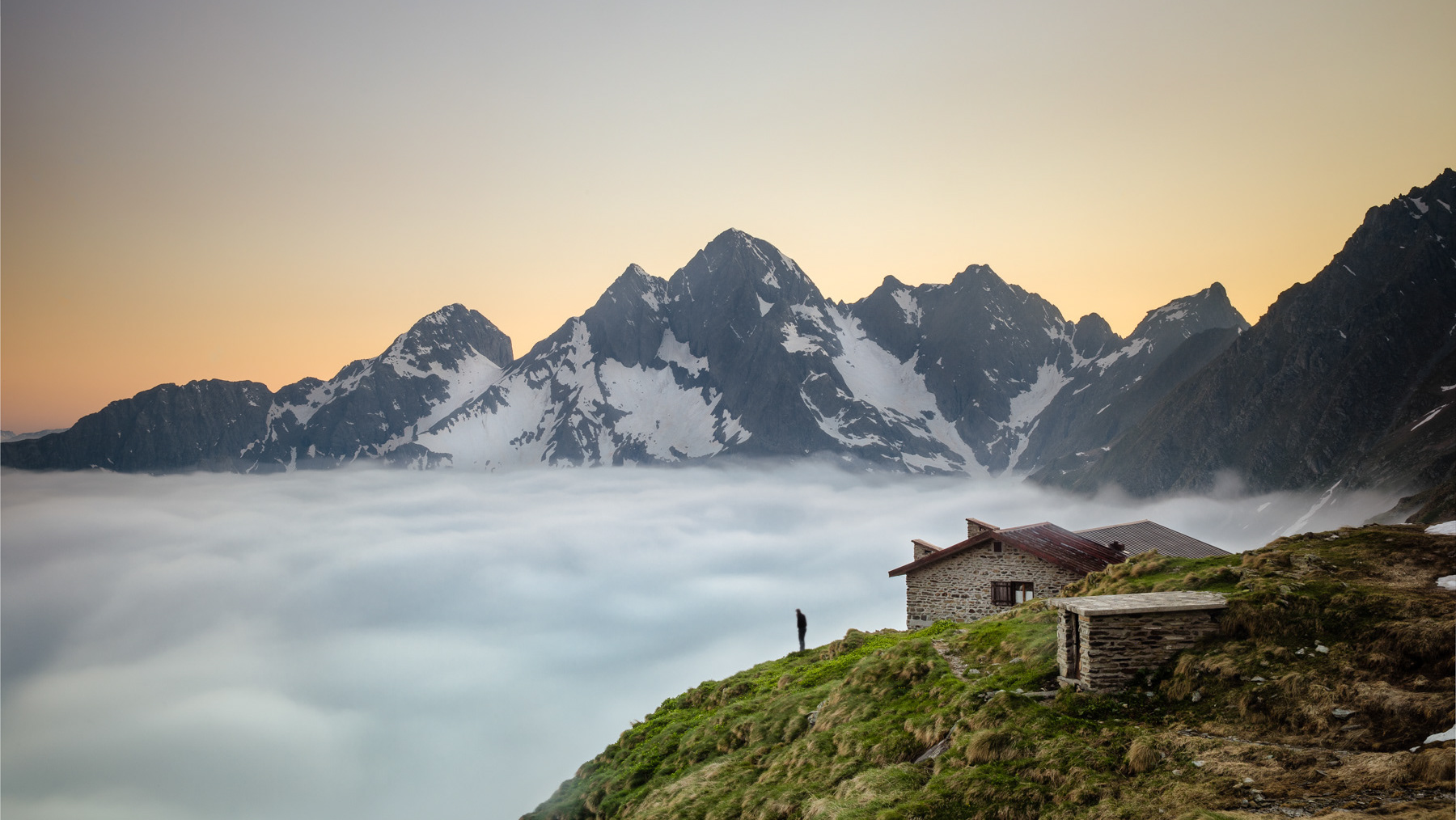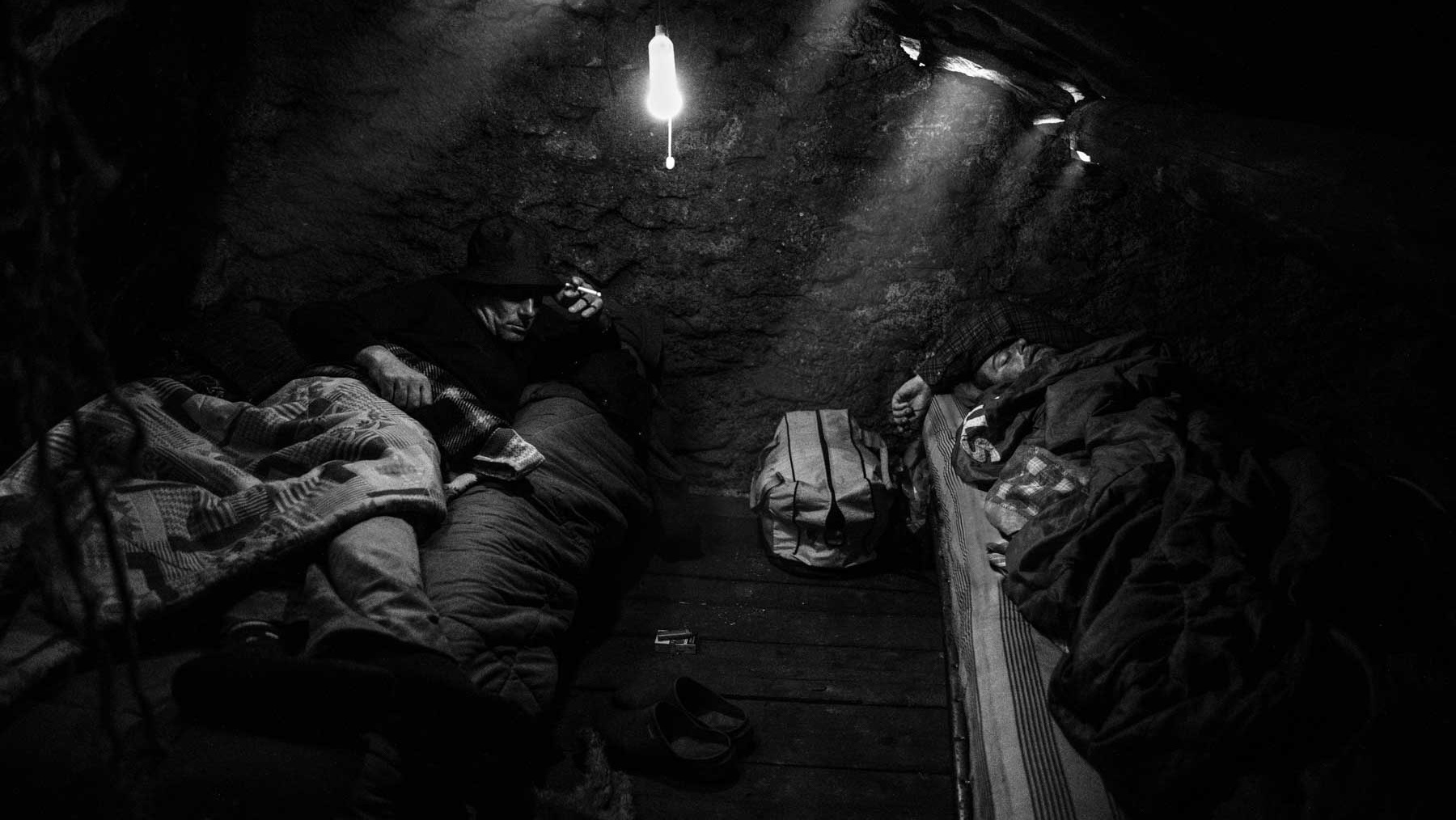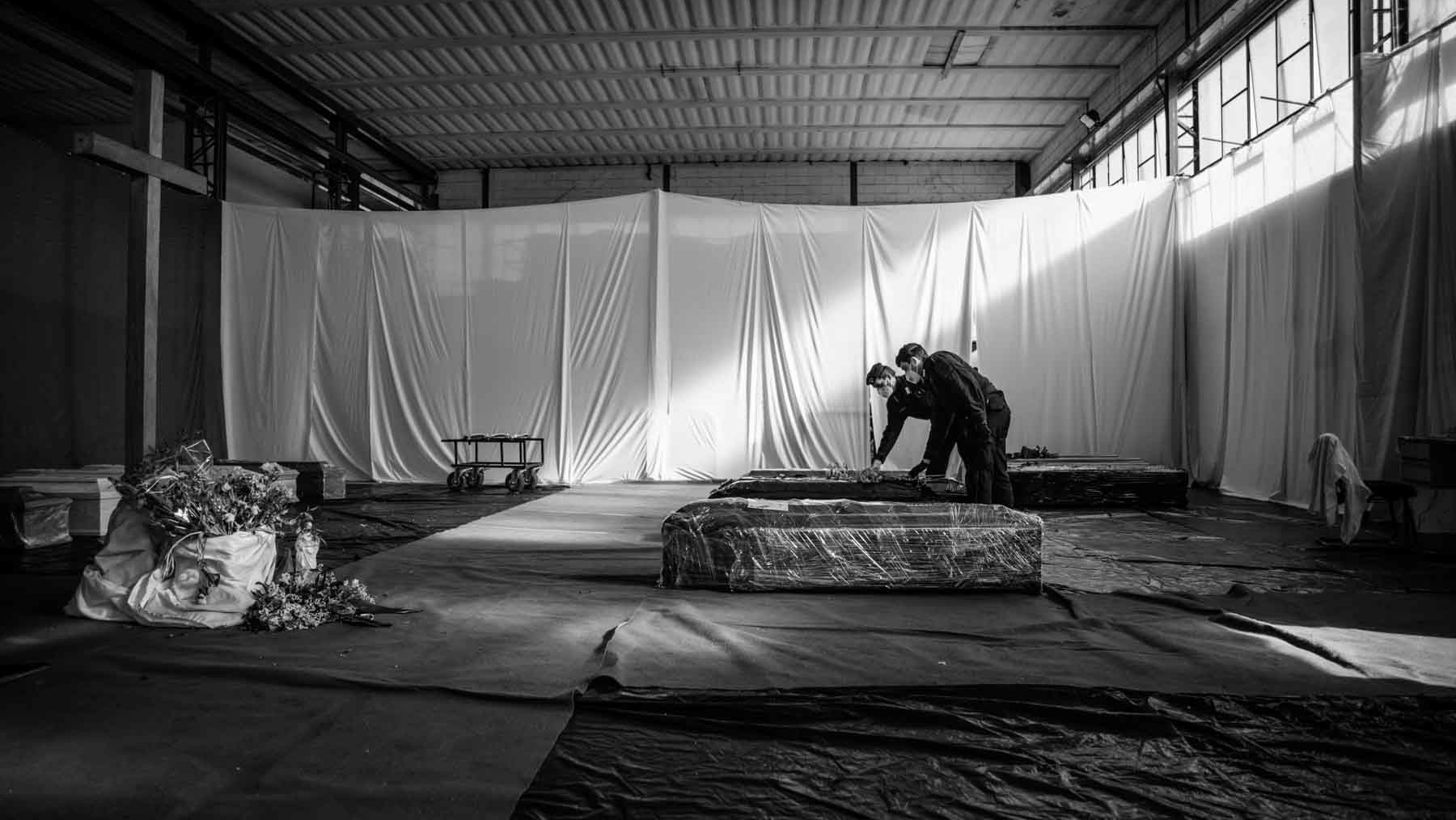Between 2021 and 2021 I embarked on a new reportage in the far end of west Tanzania, in Rukwa region. Rukwa is considered to be the poorest of all where many lives with little (less than a dollar per day) or no money at all. Beside the project that brought me there I was looking for something that for those who lives in the modern west world is long gone: ancient knowledge.
After spending almost three months there, I was disappointed in seeing that many were either partially or completely detached from their original roots. It was only when I moved to Arusha that I finally was able to find it within the Maasai people.
Who are the Maasai?
Maasai are a Nilotic ethnic group living in Kenya and northern Tanzania. They are among the most known local population due to their peculiarity of living close to the biggest game parks in Africa and their iconic dressing style. They speak the native language Maa and the Maasai that now lives in cities also know Swahili and English. Maa can’t be considered a dialect as it is part of the Nilotic languages family. It is indeed a language on its own.
They are a polygamous culture based on cow (zebu), sheep and goat farming. Many also grow mais, watermelon, cashew nuts, peanuts and more. Maasai lives small villages which are than composed by Bomas, settlements where the husband and his wives live together (in many cases also the husband' family). Each wife, with her children, have her own little house (usually bed, storage room and firepit) while the kitchen is shared.
In the center of the settlement there is the Boma which is the enclosure where cows, goats and sheep are kept. Is built with big thorny branches to avoid the intrusion of predators like lions, leopards or hyenas.
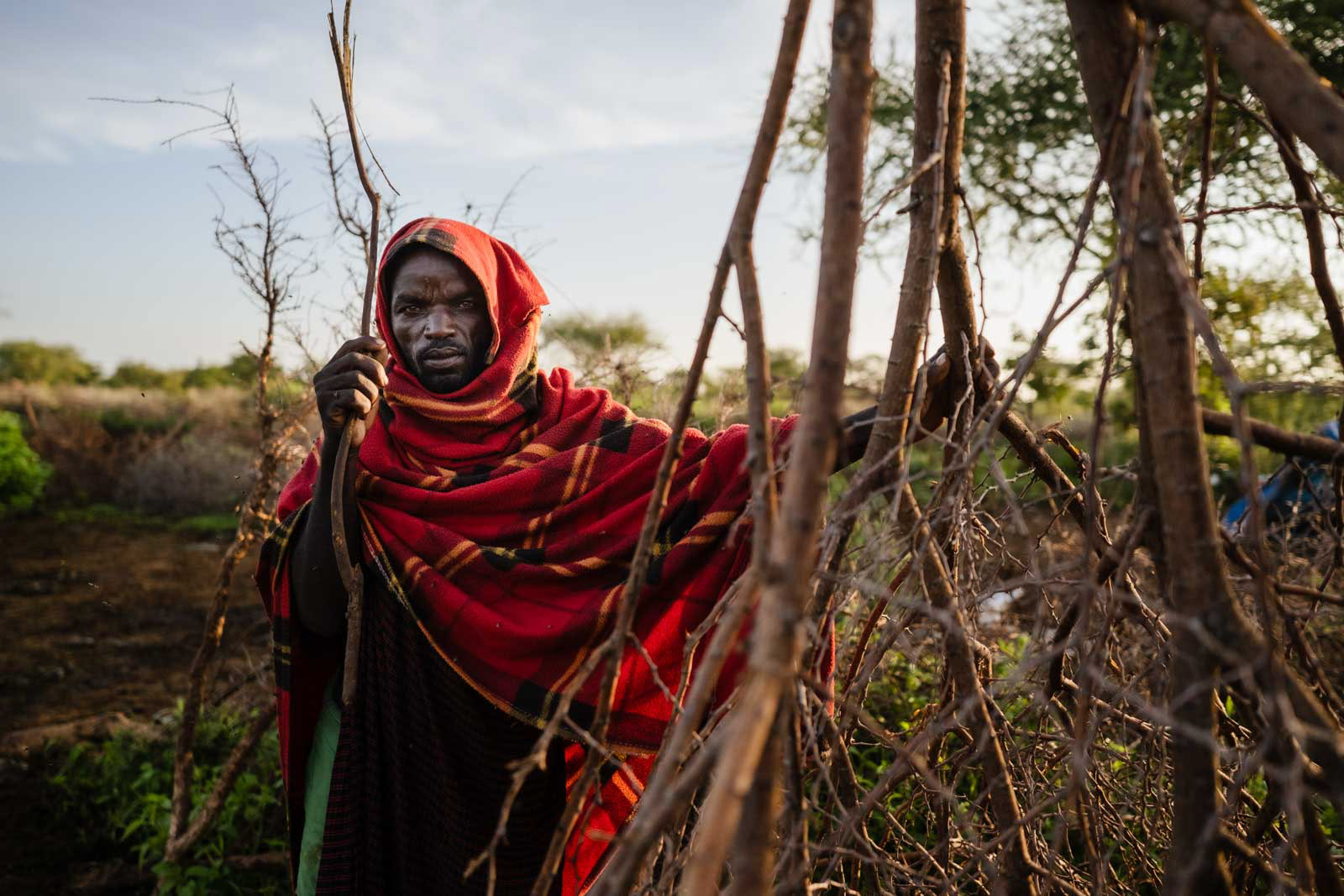
Maasai shepherd in a temporary boma
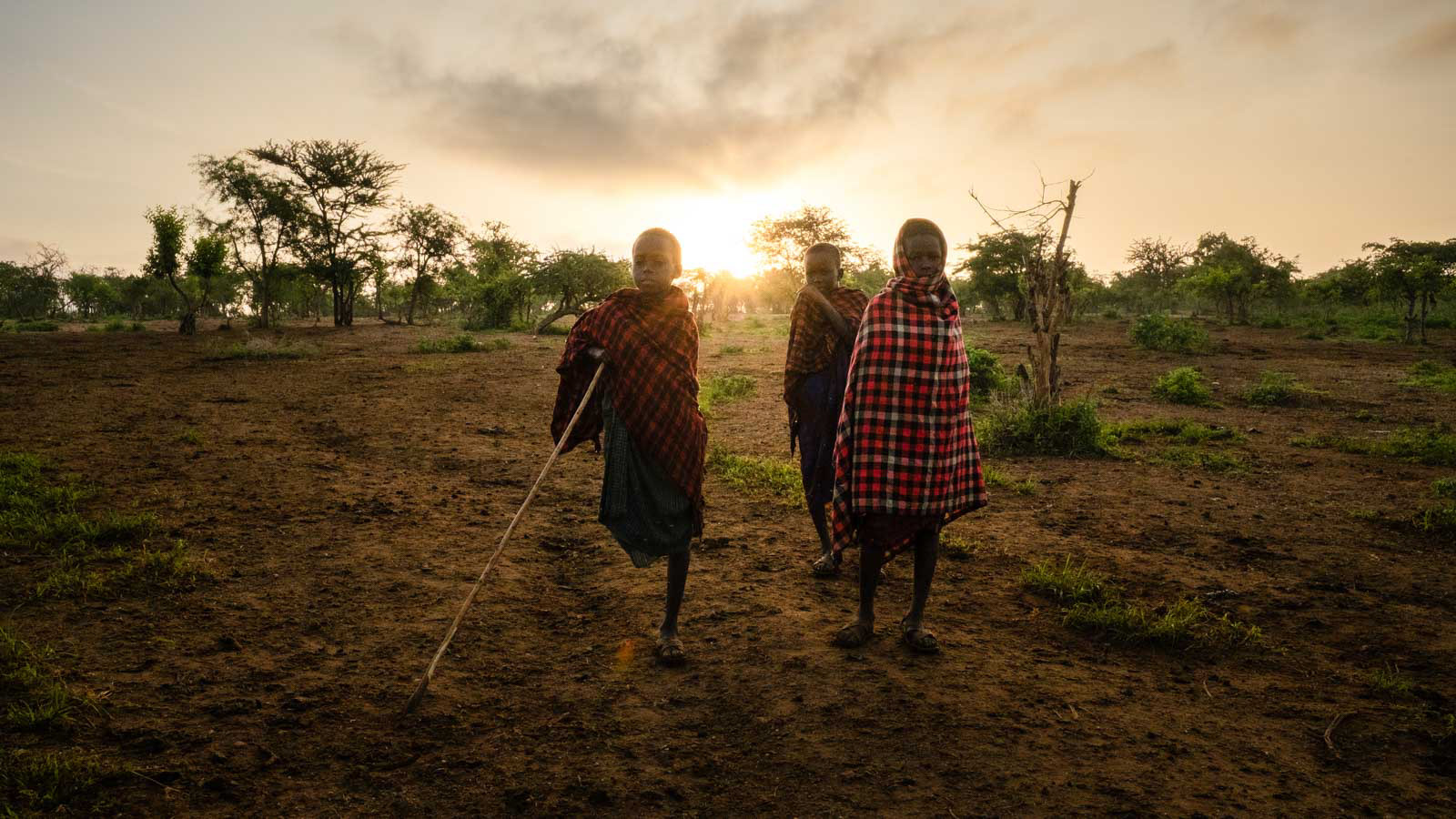
Three Maasai children working as shepherds
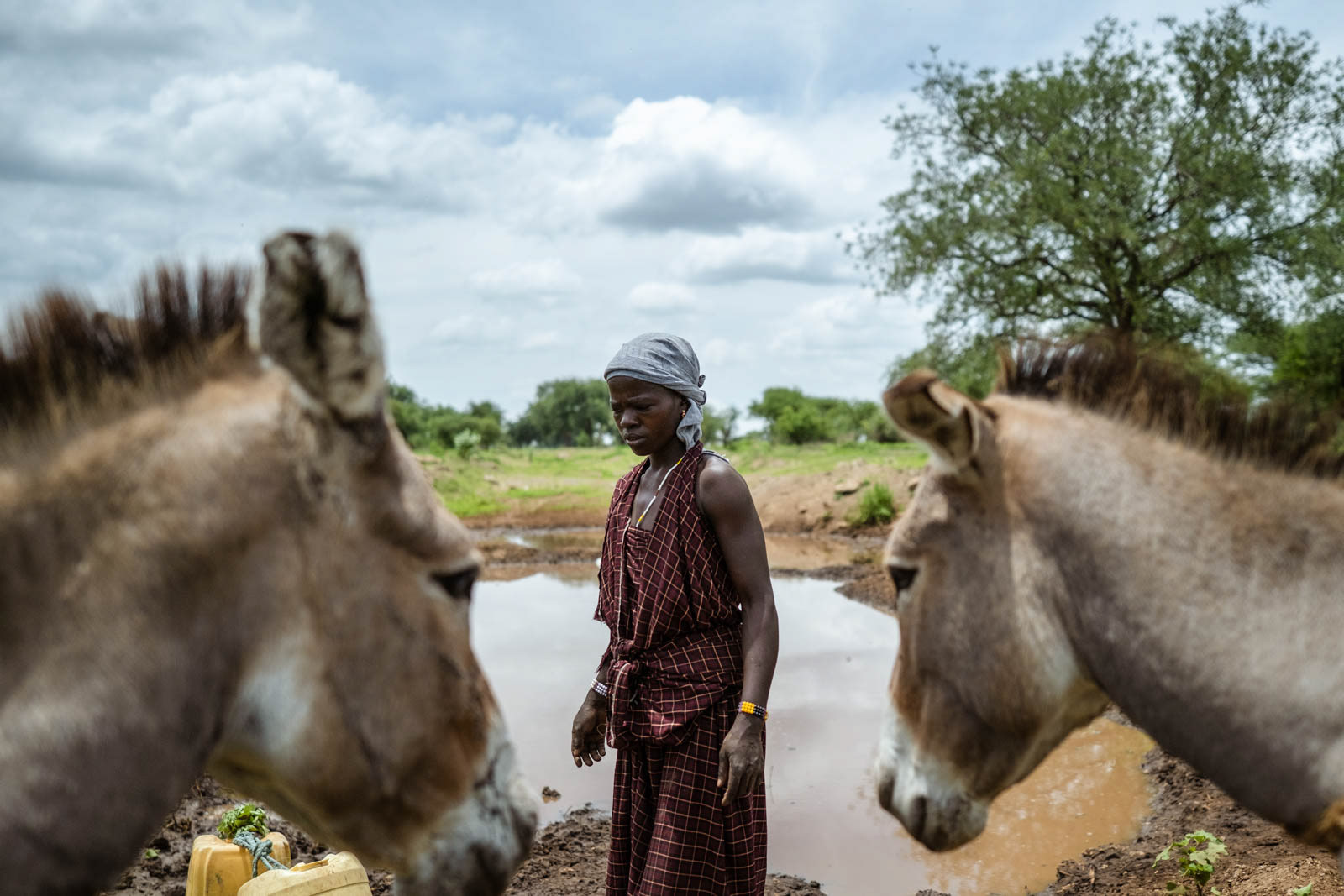
A Maasai woman with her donekys
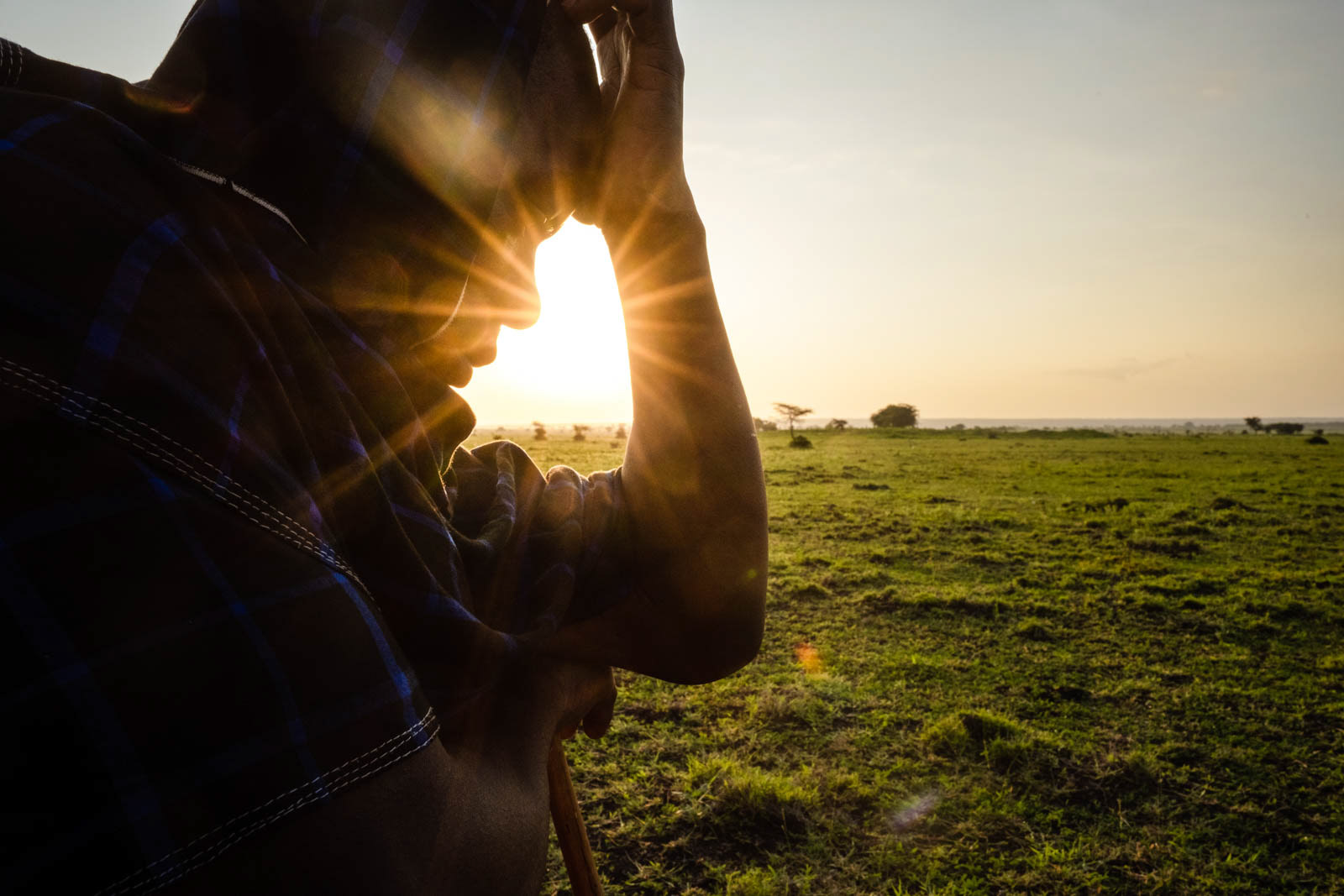
Portrait of a Maasai
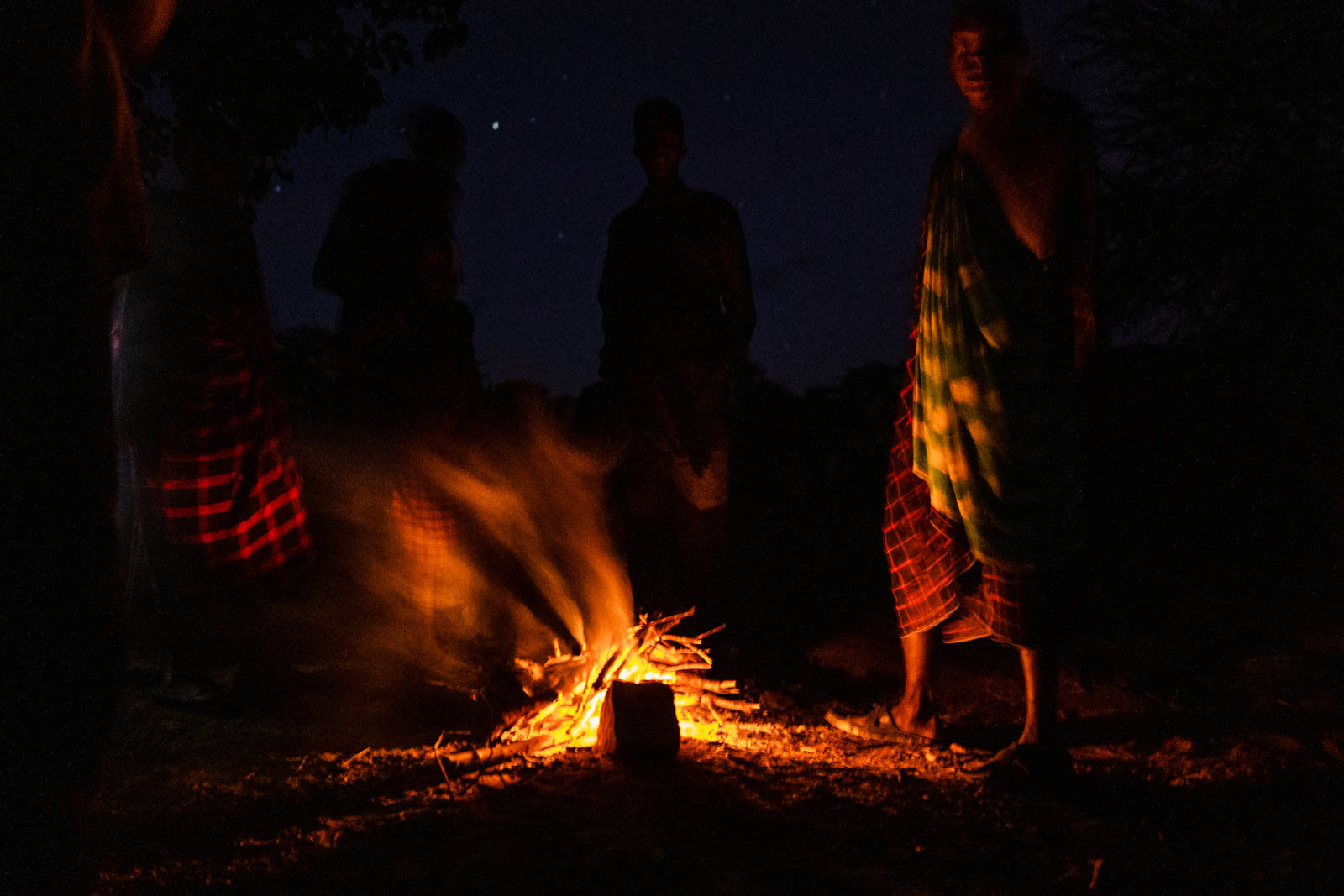
Maasai welcoming us at their fire pit
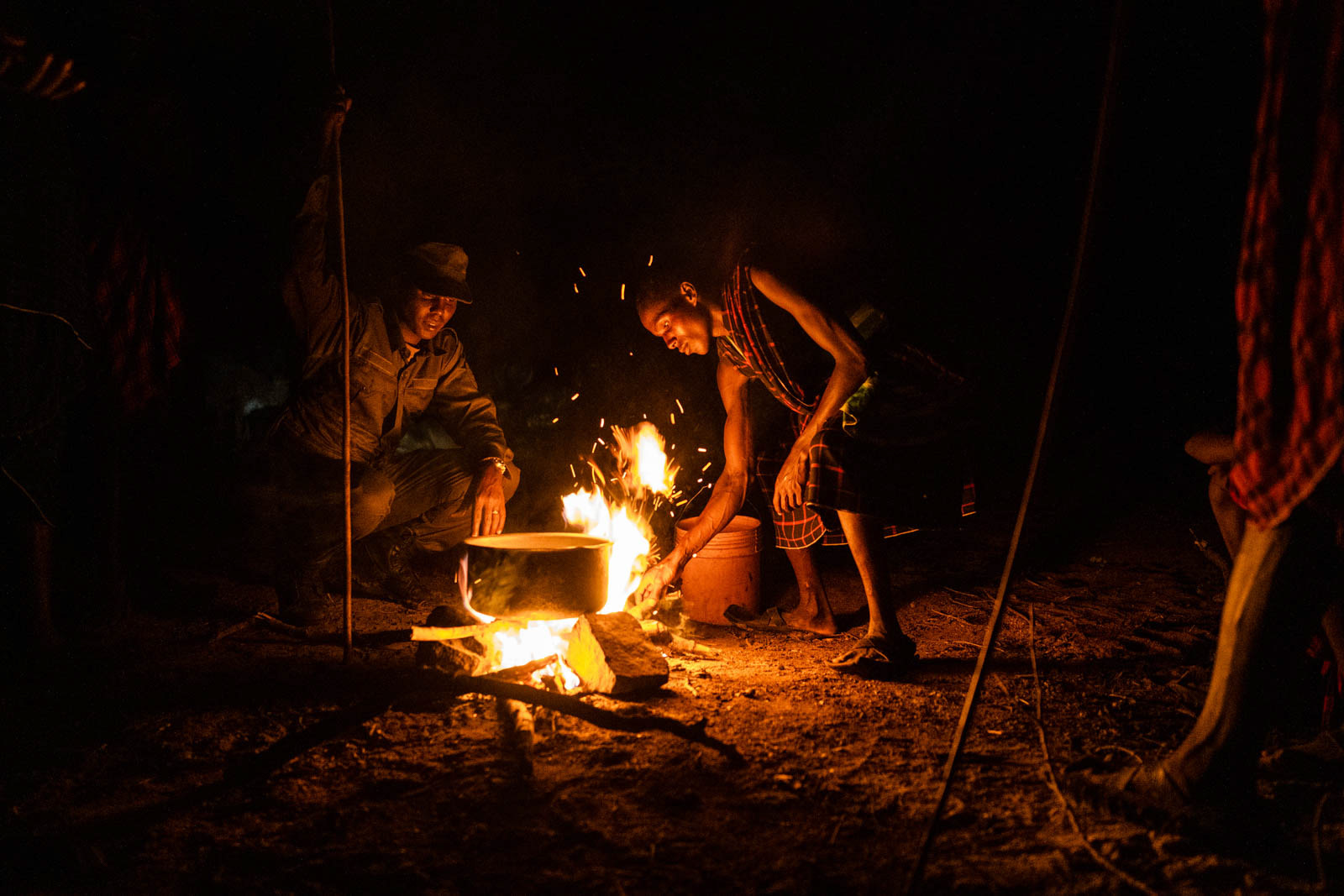
A Maasai ranger talks with a shepherd
TEXT
